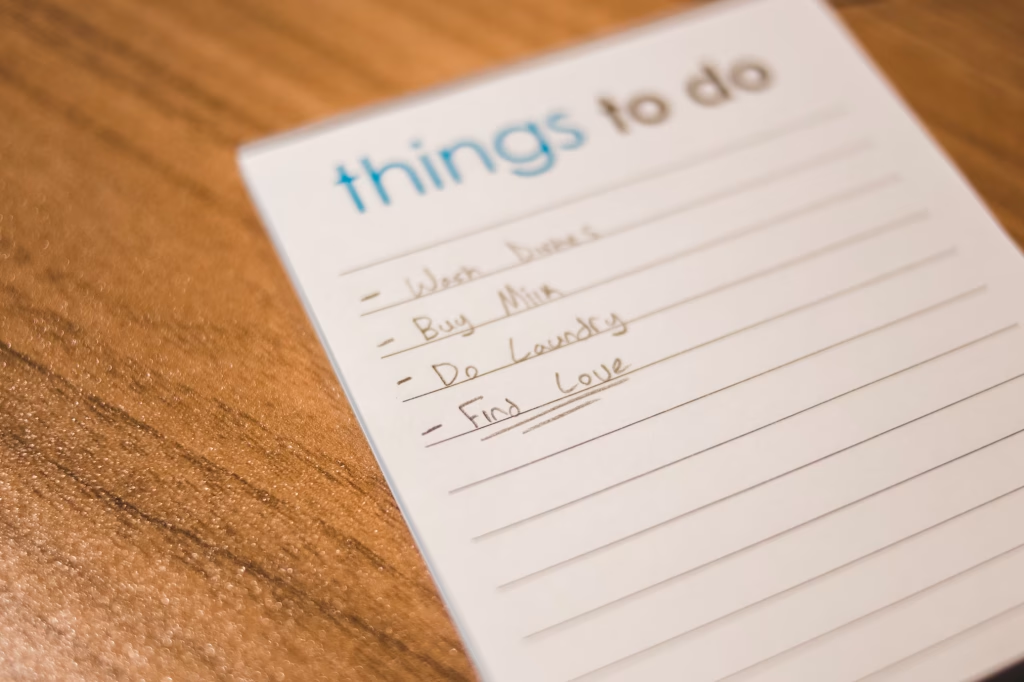In a world that often feels like one long to-do list, a growing number of us are turning daily tasks into challenges, quests, and games. Whether logging steps, tracking habits, or earning badges for productivity, the logic of games is reshaping work, education, fitness, and more. This phenomenon—known as gamification—leverages the psychology behind play to increase motivation, improve habit formation, and even drive meaningful change.
This article dives deep into why gamification works, explores where it’s making the biggest impact, highlights potential pitfalls, and shows you how to harness its power responsibly in your own life.
What Is Gamification—and Why It Matters
Gamification is the use of game design elements—like points, rewards, leaderboards, and level progression—in non-game contexts to boost engagement and drive desired behaviors.
At its core, gamification isn’t just about flashy features. It’s about activating intrinsic motivation—making tasks emotionally compelling rather than relying solely on external rewards . This emotional drive transforms mundane chores into meaningful activities.

The Psychology Behind the Mechanics
1. Feedback Loops & Dopamine
Immediate tokens of progress—XP, points, badges—trigger dopamine hits, reinforcing behavior and making repetition feel rewarding.
2. Achievement & Progress
Visual markers (progress bars, levels) satisfy our internal desire for growth and competence .
3. Social Connection & Competition
Public leaderboards, shared streaks, or collaborative missions tap into our need for belonging and friendly rivalry.
4. Flow & Mastery
Breaking big goals into bite-sized, achievable tasks helps people enter a flow state intense focus where tasks feel effortless.
A Comparative Look: Gamification in Action

When Gamification Goes Wrong
Not all gamified systems are positive. Here’s how they can backfire:
1. Superficial Rewards
If reward systems lack meaningful engagement, tasks feel hollow once the novelty fades.
2. Pressure & Burnout
Streaks and leaderboards can create anxiety rather than motivation—especially when tied to essential tasks like healthcare.
3. Privacy and Equity Issues
Workplace wellness programs can exclude those unwilling or unable to engage—and risk silos of peer monitoring.
4. Addiction Risk
When gamification mimics casino-style reward systems, it can foster obsessive use instead of healthy habits.
Use Gamification Responsibly: A How-To Guide
If you’re intrigued by gamification, here’s a guide to apply it well:
- Define Real Goals: What behavior are you trying to change?
- Choose Meaningful Elements: Points, levels, and rewards that truly matter.
- Encourage Social Support: Use shared goals and communal recognition.
- Allow Flexibility: Prevent pressure-filled streaks let users pause.
- Protect Privacy and Transparency: Be clear about data use and respect boundaries.
- Track Impact: Regularly evaluate to ensure long-term well-being and equity.

Personal Gamification in Everyday Life
- Fitness: Set weekly step goals and connect with friends for step challenges.
- Learning: Use Duolingo for daily language practice with streak reminders.
- Habits: Track personal tasks in Habitica celebrate every streak.
- Focus: Use Forest app to minimize screen time and grow a virtual forest.
- Work Goals: Reward yourself for task completion turn chores into micro-quests.
Final Thoughts
Game mechanics aren’t just for entertainment—they’re powerful motivators when used thoughtfully. From classrooms to clinics, workplaces to personal growth, gamification transforms routine tasks into opportunities for engagement and progress.
But balance is key. Look for systems that promote intrinsic motivation, autonomy, and healthy pressure levels. With mindful design, we can all level up our daily lives in more ways than one.